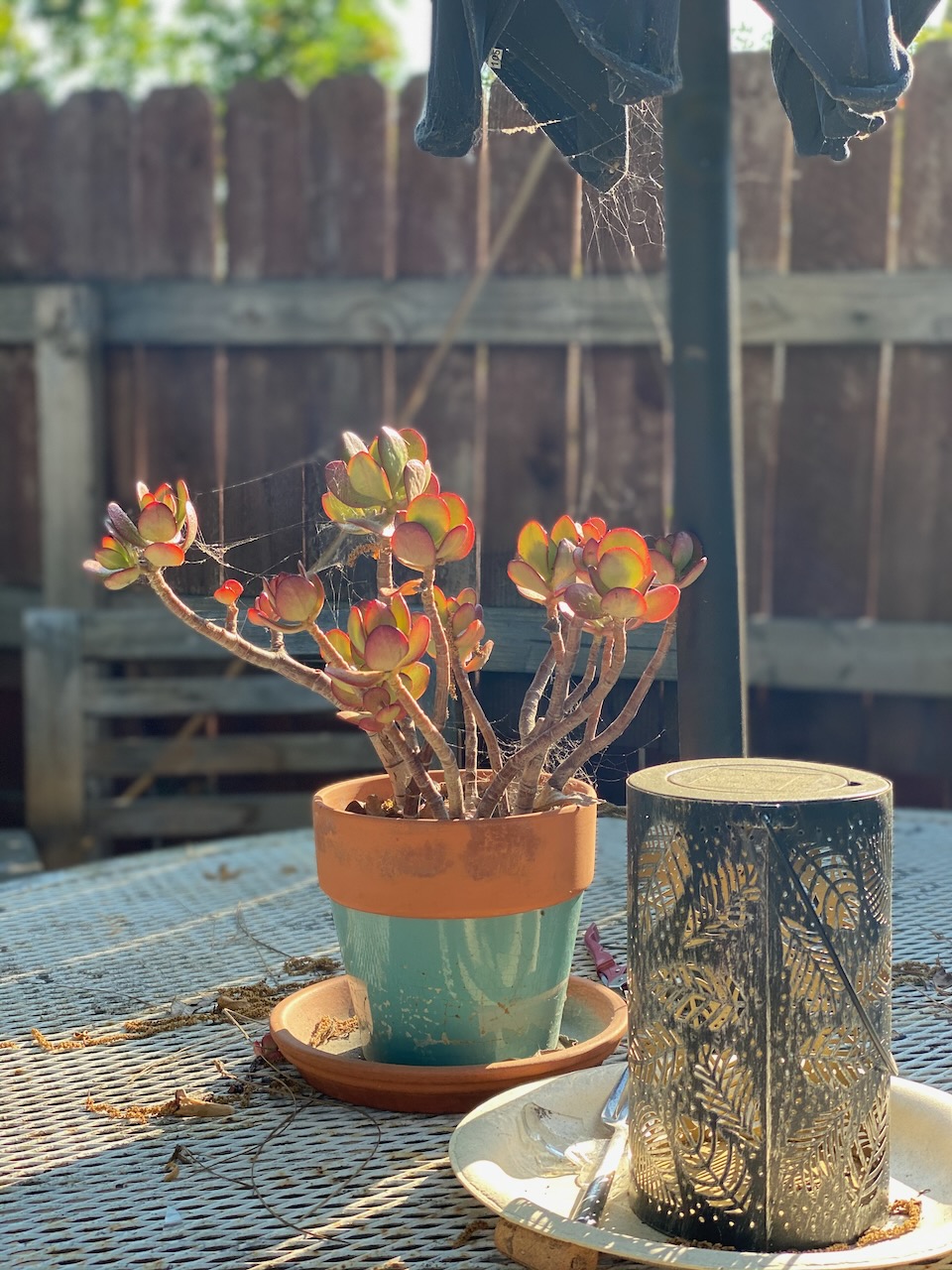Everything is a projection, everything, everything is a projection. The world exists as the thought that I have in my head, and the feeling you could say, the sensations, the yearnings, the longings. When I think of a place that I wish to go to, or a person I miss, and it reflects on something in me, and I go and look and see, what is it? And I see that it’s a story, it is just that, it’s a story that is as old as time, and it’s such a beautiful story, it’s worth being told. And I am the one telling it, by the life I live. The actor here, the I here is the actor, he is like an actor on a movie screen, richly interacting with the complexity of his own dream, but not anything real, and yet, real enough, and the point of the whole thing, that’s why we’re here.
It’s easy when one begins to see the illusionary nature, the absolute mere appearance of the theater of life. It is only part of the way the mind works, in its categorizing vigor, that it would then think, well, that should not be done, that’s just a lie, is how the mind and the reasoning apparatus would work, and it would just shove it aside. But the beautiful irony of it is that is in itself just another experience the mind is trying to create, that there is no fundamental virtue in that, there is no supremacy, there is no more excellent way in doing that. It is equivalent to not doing it, choosing something else. In that, it is just another thought that is going to lead to another story. And sure, if that’s the story you want to have, then great, you’re not going to say it’s wrong. But this is what we’re saying, this we can say of every single thought, we’re not going to say it’s wrong, it is the story. And when you see its mere appearance, it doesn’t do to then say, well, I’m going to stop doing mere appearance, because that is just another appearance. This is the subtlety of it that we learn, is that it’s so beautiful in its own way. And this too is a story, I get it. And yet, listen, I think in between the lines, you’ll hear that it points away from story. I mean, the whole thing of, well, I’m not going to do that anymore, is very strongly an actor acting. What would it be if you see it as an appearance, but you leave it to just run its course? What does that look like? Oh, you say, isn’t that just another thought? Perhaps. But even if you leave that, if it becomes a matter of non-engagement, which is what my teacher has taught me, is make no effort, take no action. It’s not any doing that is asked for, it is just a quiet.
And what we are saying is, see where, this is what they’ve been teaching me and he’s been teaching me, but his whole lineage, where does the thought come from? And just look. No action, right, no action, it’s just what is. And then there’s this beautiful moment of seeing it all comes from a, well, you must decide for yourself is what I’m learning. To answer with words is to create another mental exercise. It’s not that one wants to be evasive or esoteric or mystical, it’s just if you want to move from reading the menu to eating [the actual meal instead], you have to stop reading. And this is what we’re saying. The question here is an invitation to not just answer intellectually, but to go and see and experience where thoughts arise. And then you see that it is fine as it is. Everything is fine. And that’s a tough one because again, our tendency is to revert to the thinking mind. When the mind hears this, ah, all is fine, then it has an array of really good objections. In the context of the mind to hear all is fine, if you hear it intellectually, it is complete nonsense, complete utter nonsense. How could you say all is fine? It’s impossible to say that. But if you hear it from, could we say the heart, but that’s also difficult because we conceptualize the heart. If you stand in, every word is going to trip you up, even stand, now you see yourself standing, right?
There is a place which is everywhere and nowhere and everything and nothing, where everything is clearly seen in exquisite symmetry, beyond words, beyond description, beyond all notions of peace to be just as they are in the timeless now, right? This is where you go. And there, all thoughts and all stories are seen as worthy of happening. They are not judged right, and they’re not judged wrong. There’s no judging. There’s just an allowing, a beautiful allowing. Which we experience in the dream (of life), through appearance, as a kind of a moment out of time. A peace that is more than lack of agitation. It’s the complete absence of everything. This cannot be grasped by the mind.
And yet it’s, it is the absolute foundation of the whole thing, it is the source, if you can put it like that – the “ground of being, as Paul Tillich called it, or the “substratum,” as Papaji calls it. It is the truth that remains when everything else comes and goes. So that unchanging fact, unchanging truth, beyond even a fact, that unchanging nature of who we are, does shine in and interpenetrates everything.
So there is a way of knowing it, even though it’s outside of space, outside of time, outside of all ordinary experience, outside of all regular knowing. It is really unknowable, unnamable, it has no name, it has no form. And it’s a pure, beautiful, exquisite mystery that all religions and traditions speak of as the revelation of the infinite to the finite.
It is, in the Christian tradition, the idea of the incarnation of Christ. It is the idea of God speaking through nature and through his word, through His Son, in the Christian way of approaching it. It breaks into the world.

